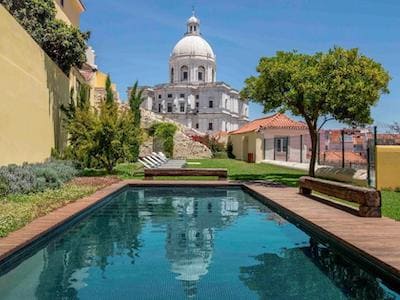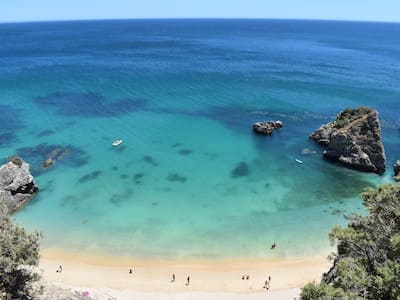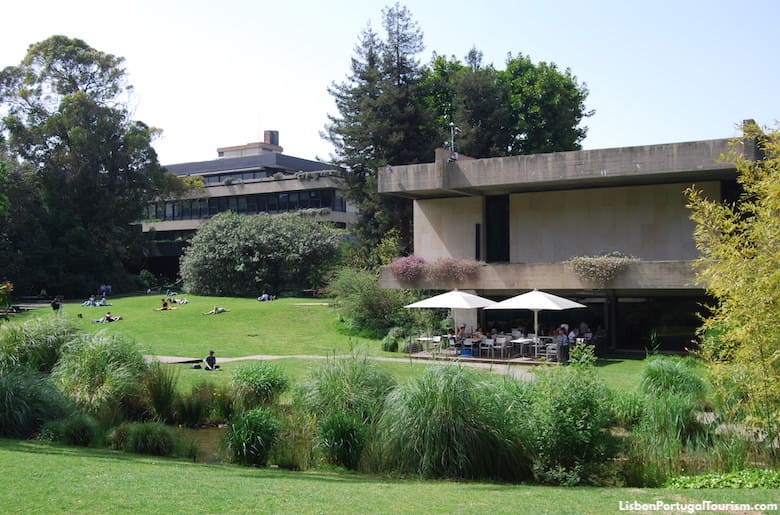
The Calouste Gulbenkian Museum and its wonderful park
Calouste Gulbenkian, an Armenian oil magnate, collected "only the best" and the result was one of the world's most important and impressive private art collections. It includes masterpieces from various periods and areas, from Egyptian to Greco-Roman and Islamic art, plus European painting and decorative arts.
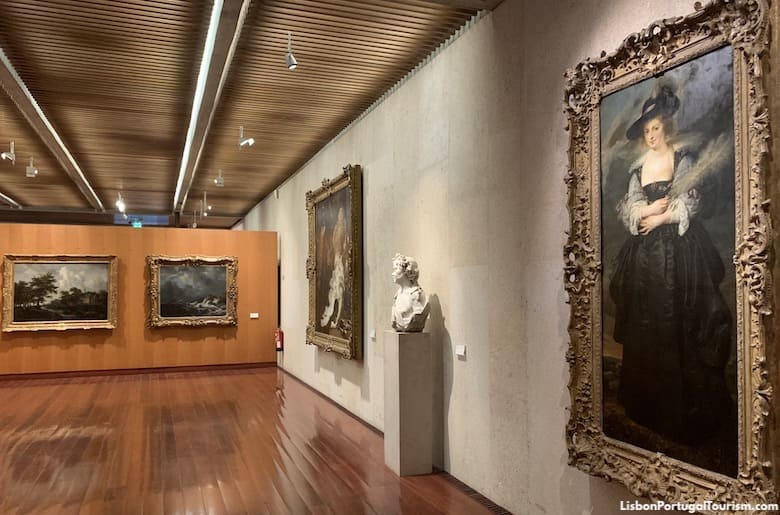
Paintings by Rubens, Rembrandt and Monet, among many others, are part of the original collection
Among the around 6500 pieces acquired by the collector are works by Rembrandt, Renoir, Rubens, Monet, Degas and Van Dyck, among others, together with textiles, faience and a unique collection of Lalique jewelry. Several works were purchased from the Hermitage Museum in St. Petersburg, and one of the sculptural pieces is the famous original marble Diana, by Houdon, which belonged to Catherine the Great.
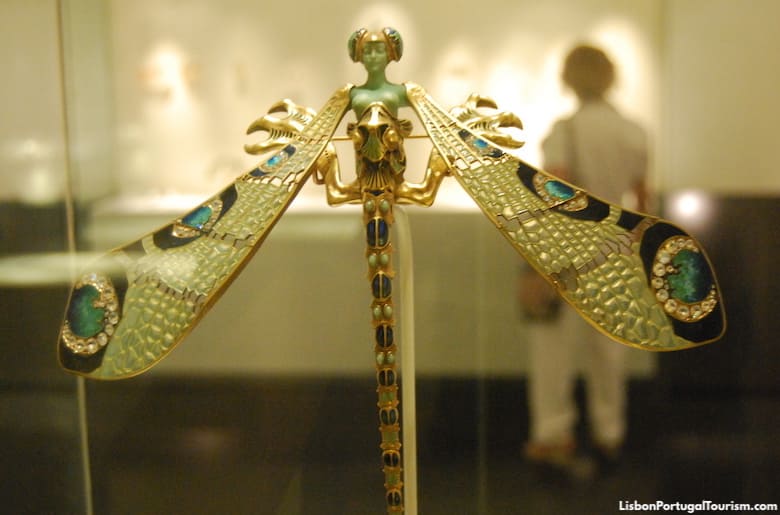
The collection of Lalique jewelry is unique in the world, and takes up an entire room
The original idea was to create a museum in London, which never became a reality due to World War II and diplomatic issues. Those led to Gulbenkian moving to Lisbon, and in 1953 it was decided, through his will, that all works would be presented in the Portuguese capital. A foundation with his name was created, and the Calouste Gulbenkian Museum opened in 1969.
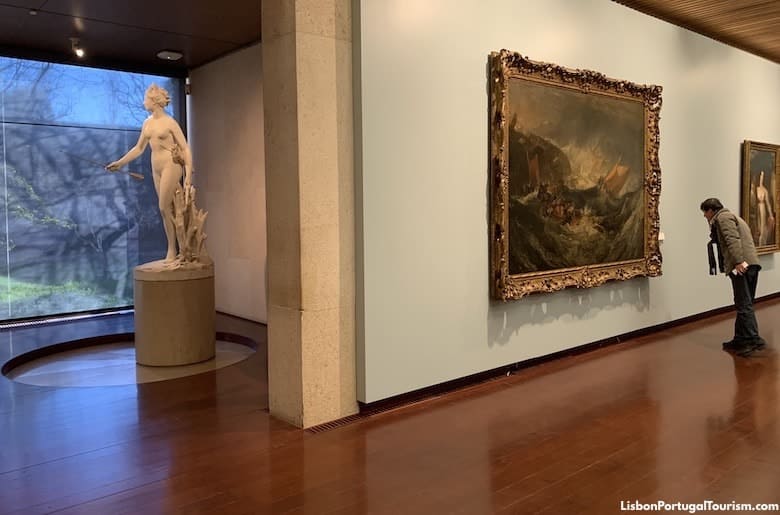
A marble sculpture of Diana, by Houdon, once belonged to Catherine the Great
Today it's one of the most important cultural institutions in Portugal, and the treasure-trove museum one of Lisbon's must-see attractions. It's part of an architectural complex consisting of the foundation's headquarters, the building with the modern collection, and an outdoor amphitheater in the middle of Santa Gertrudes Park, better known as "the Gulbenkian's gardens."
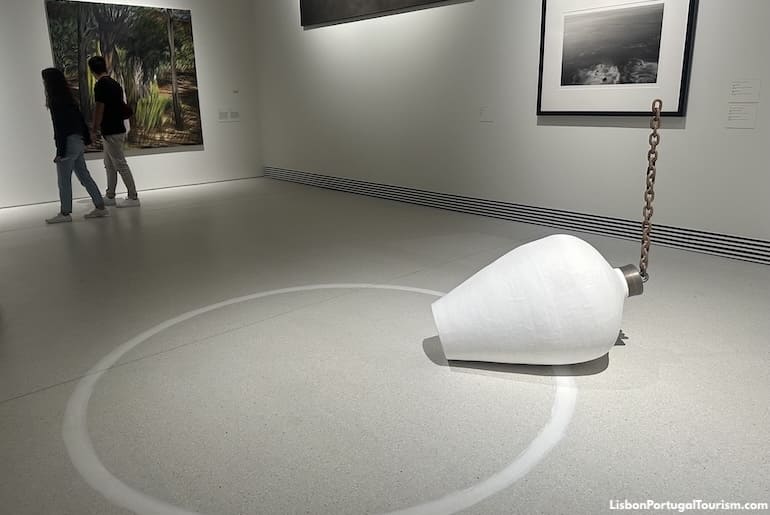
The modern collection has many of the most emblematic works of major Portuguese artists like Amadeo de Souza-Cardoso and Almada Negreiros
The modern collection dates back to the foundation's early days but was shown for the first time in 1983. It presents art from the 20th and 21st centuries (including painting, sculpture, drawings, prints and photography) of Portuguese artists mixed with a few international names, especially British. The permanent and temporary exhibitions may therefore show works by Paula Rego, Almada Negreiros, Antony Gormley or David Hockney, including a few sculptures outside in the park.
There's also a store specializing in art books and a cafeteria looking out to the delightful garden.
How to Get to Calouste Gulbenkian Museum
The Calouste Gulbenkian Museum can be reached by metro, taking the blue or red lines to São Sebastião. You may ride the metro for free with the Lisboa Card.
Avenida de Berna, 45A, Avenidas Novas
gulbenkian.pt
Admission and Tickets to Calouste Gulbenkian Museum
A ticket to both the founder’s and modern collections is €10.00. To include the temporary exhibitions, it’s €14.00. There’s a 20% discount with the Lisboa Card.
You may buy your ticket online: Calouste Gulbenkian Museum Admission Ticket
It's closed on Tuesdays
Attractions Nearby
The Anastácio Gonçalves Museum is a short walk away (just over 10 minutes).
Where to Stay by the Calouste Gulbenkian Museum
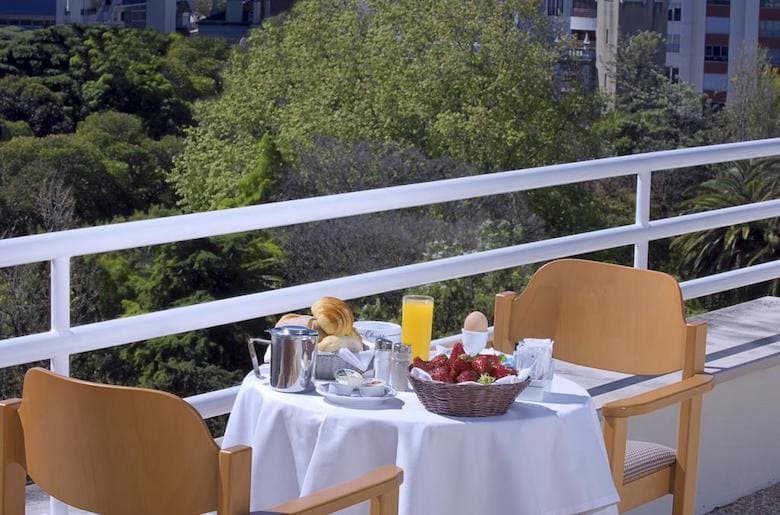
Olissippo Marquês de Sá Hotel
This modern 4-star hotel is just steps from the gardens of the Gulbenkian Museum. It offers spacious rooms, a restaurant and a cocktail bar.

